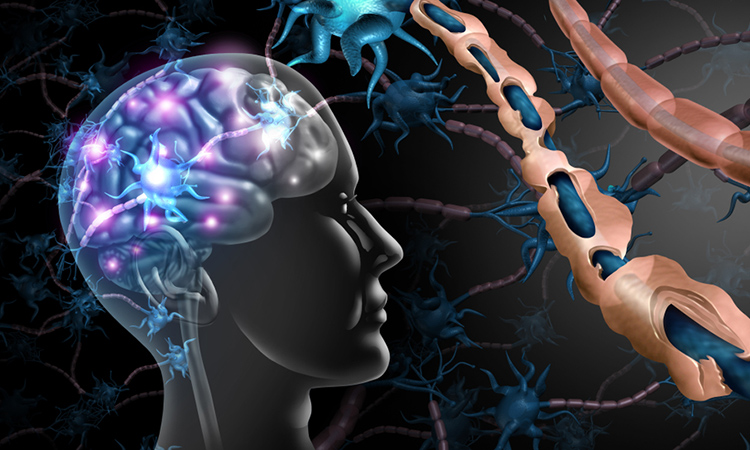Stem cell therapy to slow progression of multiple sclerosis (MS)
Posted: 5 October 2023 | Taylor Mixides (Drug Target Review) | No comments yet
Autologous haematopoietic stem cell transplantation (aHSCT), a medical procedure typically employed in the treatment of blood cancers, holds promise as a potential therapy for individuals with relapsing-remitting multiple sclerosis (RRMS).


Published in the Journal of Neurology Neurosurgery & Psychiatry. This innovative approach involves the extraction of a patient’s own stem cells from either their bone marrow or blood, followed by a course of chemotherapy and antibody treatment. While aHSCT has shown potential benefits for RRMS patients, it has not yet garnered widespread inclusion in national clinical guidelines.
This study sought to shed light on the safety and effectiveness of aHSCT in routine healthcare settings, moving beyond the confines of clinical trials. The research team identified 231 individuals diagnosed with relapsing-remitting MS, with 174 of them having undergone aHSCT treatment before the year 2020. The first instance of aHSCT in this cohort dates to 2004, and the average age of these patients at the time of treatment was 31, with a majority of them being women, accounting for 64 percent of the group.
The assessment of aHSCT’s efficacy was carried out by scrutinising data collected from the Swedish MS registry, while the safety aspect was evaluated by analysing electronic medical records for a 100-day period following the procedure.
On average, these patients had been grappling with MS for over three years and had undergone an average of two rounds of standard treatments (commonly referred to as disease-modifying drugs) before opting for aHSCT, while 23 had not received any prior treatment. Around three years following their aHSCT, 20 patients (11 percent) were administered disease-modifying drugs.
Remarkably, the study revealed that nearly three-quarters (73 percent) of patients showed no signs of disease activity after five years, and this figure remained substantial at 65 percent after a decade. Among the subset of 149 patients who had some degree of disability at the outset, more than half (54 percent; 80) experienced improvements, while roughly a third (37 percent; 55) remained stable, and a smaller fraction (9 percent; 14) saw a decline in their condition.
The data also unveiled a remarkable reduction in the annualised relapse rate, plummeting from 1.7 in the year prior to aHSCT to a mere 0.035 during an average monitoring period of 5.5 years. In simpler terms, patients experienced an average of 1.7 relapses per year before aHSCT, compared to just one relapse every thirtieth year post-aHSCT treatment.
Despite the promising outcomes, it is essential to acknowledge the occurrence of side effects and complications associated with aHSCT. Out of the patients, five required intensive care, and 61 developed bacterial infections within the initial 100 days following the procedure. Notably, febrile neutropenia, characterized by a low white blood cell count coupled with a high fever, was the most frequently observed side effect, impacting 68 percent of patients. Additionally, viral infections were confirmed in 23 patients, with three cases of herpes zoster reactivation and three cases of localised fungal infections. Fortunately, no fatalities resulted from these treatment-related complications.
It’s important to note that this study is observational in nature and lacks a comparative group, which limits the ability to draw definitive conclusions. Nevertheless, the researchers emphasise that their findings highlight the feasibility and safety of aHSCT within standard healthcare settings.
In their summary, the researchers assert that their findings underscore the viability of aHSCT as a treatment option for relapsing-remitting multiple sclerosis in regular healthcare settings. This aligns with results observed in the only randomised controlled trial conducted thus far. They firmly believe that aHSCT could benefit a larger population of MS patients and should be incorporated as a standard of care for those with highly active MS. While further research is needed, this study provides a significant step forward in the pursuit of improved therapies for individuals living with RRMS.
Related topics
Stem Cells, Targets
Related conditions
Multiple Sclerosis (MS)
Related organisations
Swedish MS registry







